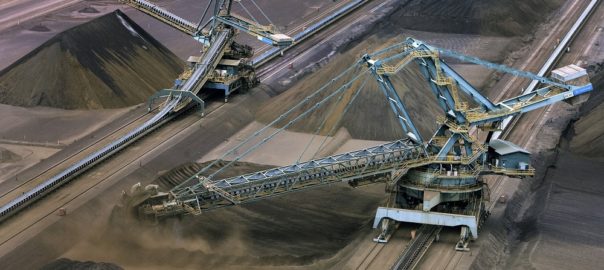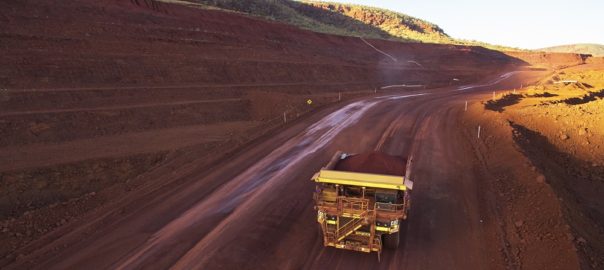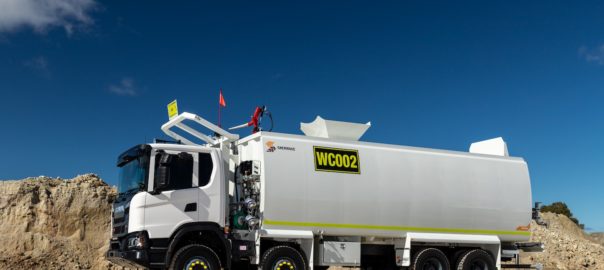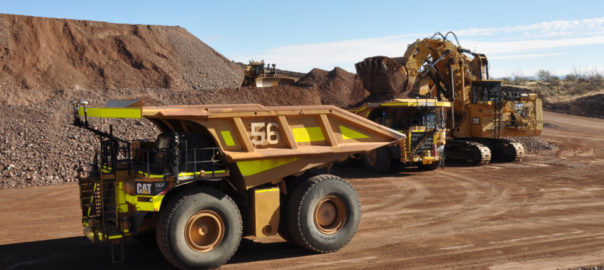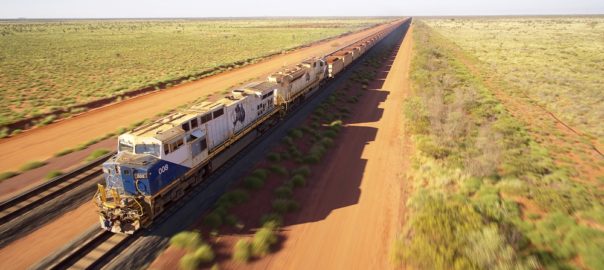thyssenkrupp Industrial Solutions has been awarded one of the largest fabrication and construction projects the company has ever handled in Western Australia, with an order from BHP’s South Flank iron ore operation.
Under the €150 million ($171 million) contract, thyssenkrupp will design, supply, construct and commission large-scale stockyard machines for South Flank, in the central Pilbara region.
BHP is targeting first ore extraction at the operation in 2021 and expects to ramp up to 80 Mt/y of output. This will replace production from the existing Yandi mine, which is reaching the end of its economic life. The company carried out the first blast at the project in September.
thyssenkrupp will supply two stackers that deposit iron ore into stockyards for loading, and a reclaimer for loading the ore on to trains for transport to Port Hedland. The machines will have a capacity of 20,000 t/h, making them the largest rail-mounted stackers and reclaimer in the world, according to the company.
Torsten Gerlach, CEO Mining Technologies at thyssenkrupp Industrial Solutions, said: “South Flank will be one of the largest iron-ore operations worldwide. We look forward to contributing to this project by combining longstanding global expertise in the mining business with local experience.
“Our strong partnership with BHP extends globally, but the Pilbara region is a core area where we have provided material handling solutions for decades. With our field service teams, we are supporting our customer on a daily basis.”
The design of the machines incorporates the latest Australian design standard requirements and technology improvements centred on safe construction, operation and maintenance activities, according to the company.






